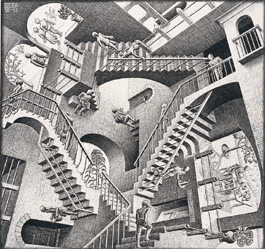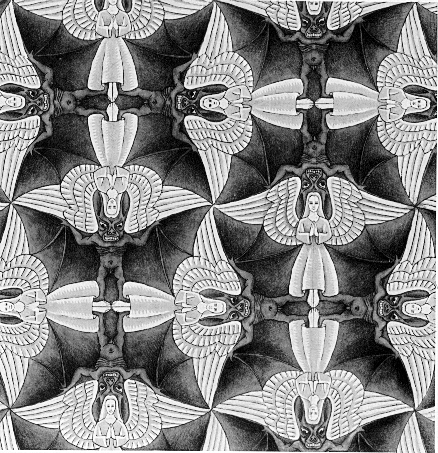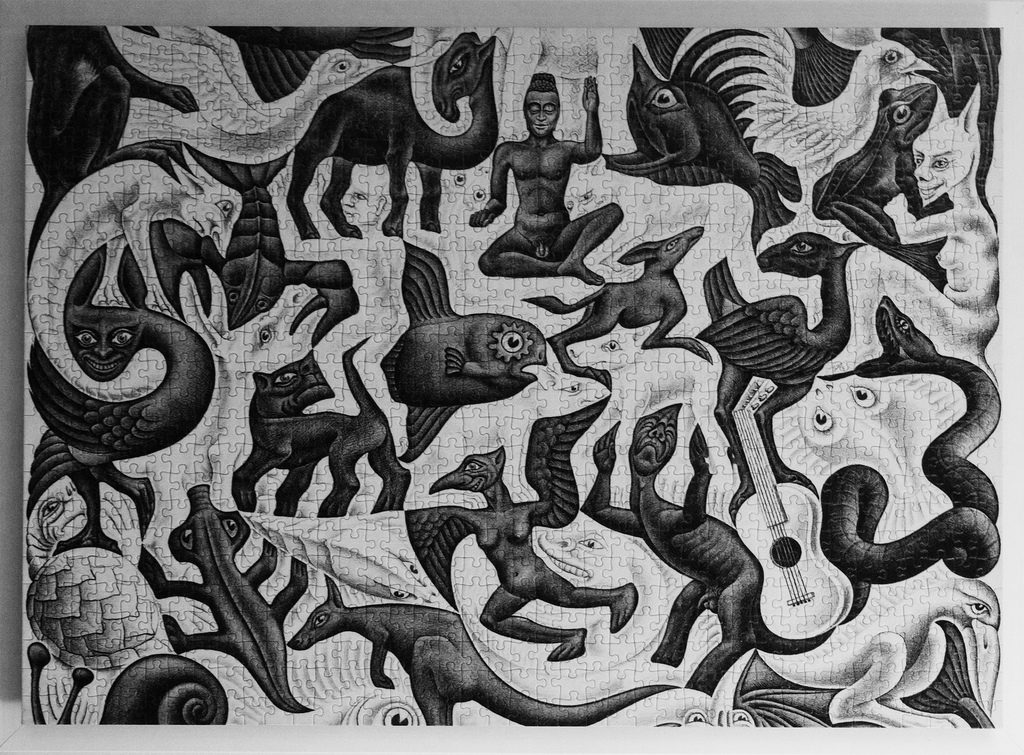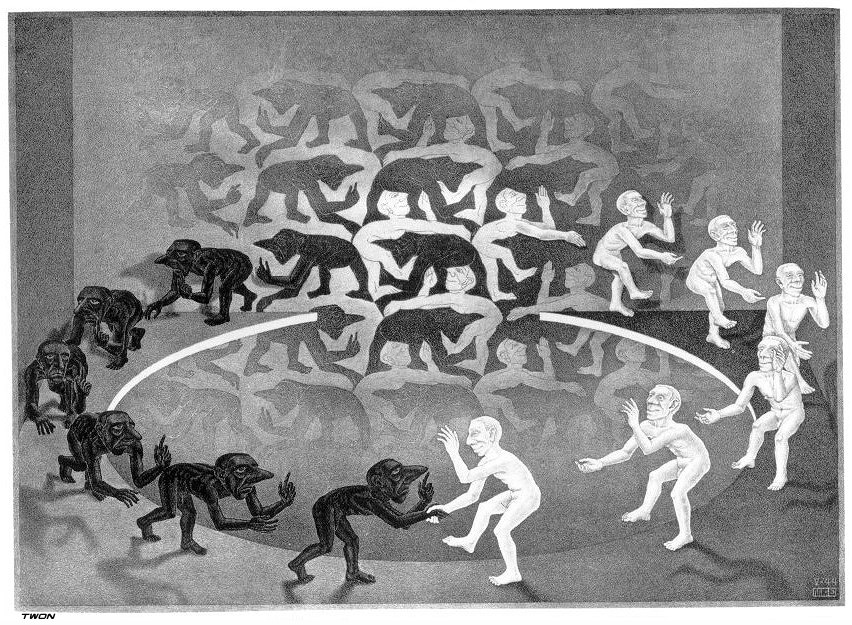https://www.google.com/search?q=m+c+escher&sa=X&hl=en&gl=us&authuser=0&biw=1360&bih=677&tbm=isch&imgil=ByQafKDRp2Qb7M%253A%253BbjzGpS-OI8-l2M%253Bhttp%25253A%25252F%25252Fwww.theguardian.com%25252Fartanddesign%25252F2015%25252Foct%25252F14%25252Fmc-escher-exhibition-dutch-master-illusion-dulwich-picture-gallery&source=iu&pf=m&fir=ByQafKDRp2Qb7M%253A%252CbjzGpS-OI8-l2M%252C_&dpr=1&usg=__ALXLib0QSVJabbGlXaKBTN9OPOs%3D&ved=0ahUKEwjuqO-3uqjKAhVLlx4KHYn0BEAQyjcInAE&ei=0CKXVu6AJsuueonpk4AE#imgrc=soool9q8luPXQM%3A&usg=__ALXLib0QSVJabbGlXaKBTN9OPOs%3D




http://www.mcescher.com/Shopmain/ShopEU/facsilimeprints/prints.html


http://www.tau.ac.il/~ronlif/quasicrystals.html
Quasicrystals - Introduction
by Ron LifshitzWhat are quasicrystals? Why was their discovery by Dan Shechtman in April of 1982 met by so much disbelief that it took it more than two and a half years to find its way into the scientific literature? Why was there so much fuss about having 5-fold symmetry in the first place? What do we actually mean when we say that a crystal has such a symmetry?
Before we answer these questions let us first review some of the background. For centuries crystals were merely thought of as solids which have flat surfaces (facets) that intersect at characteristic angles. This is what we often see at mineral exhibitions in museums of natural history. It is also what we see when we look at certain quasicrystals like the ones shown in the figure below.
 |
| Figure 2. One of the many periodic drawings of the Dutch artist M. C. Escher. © Copyright Cordon Art B.V. |
No comments:
Post a Comment